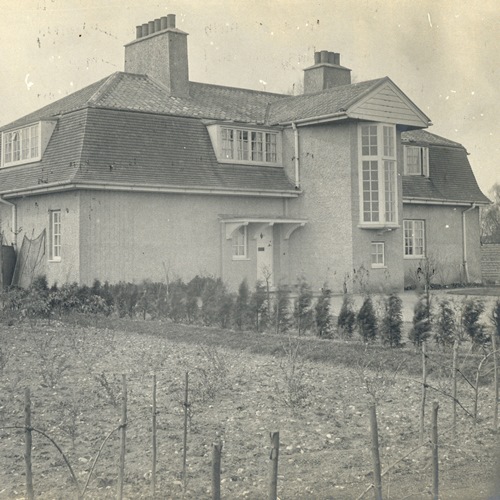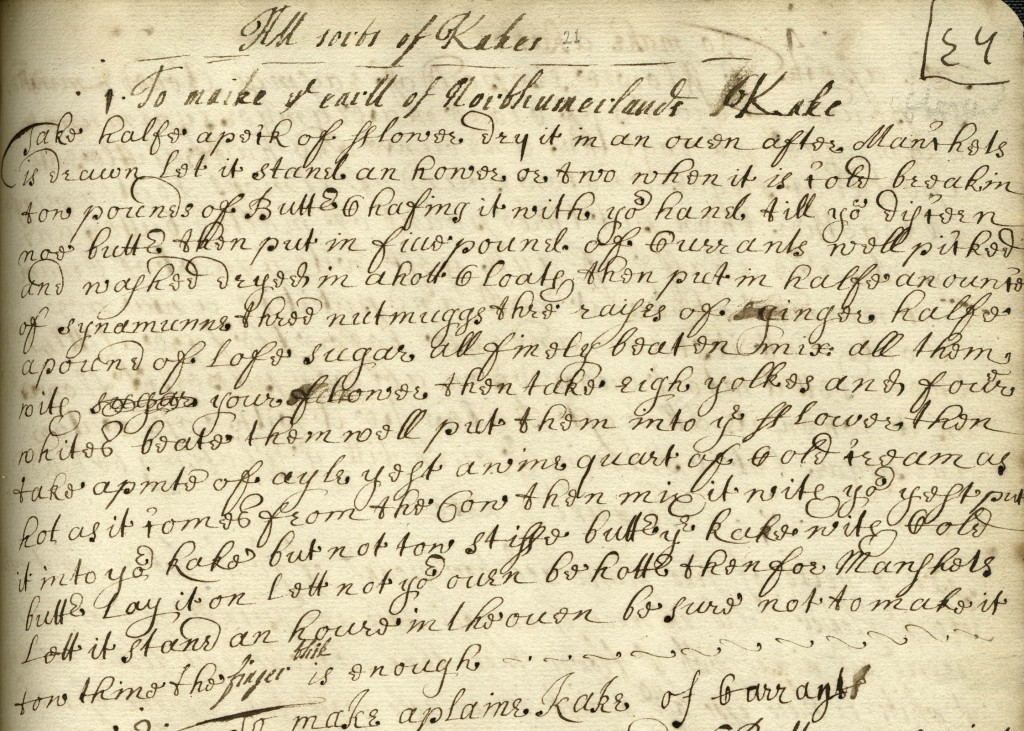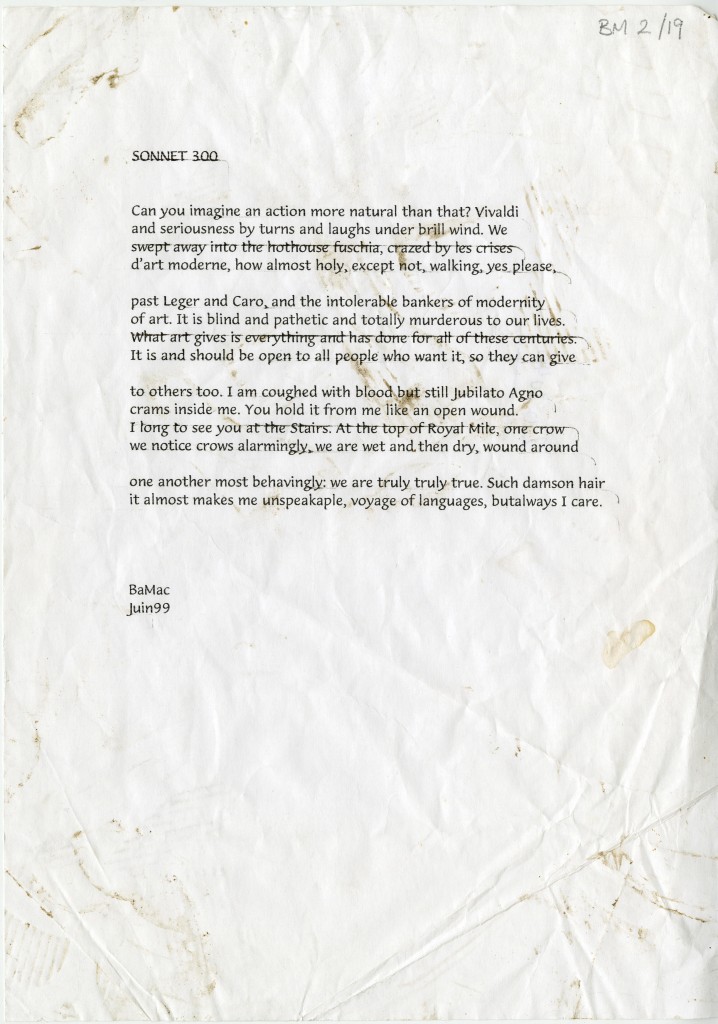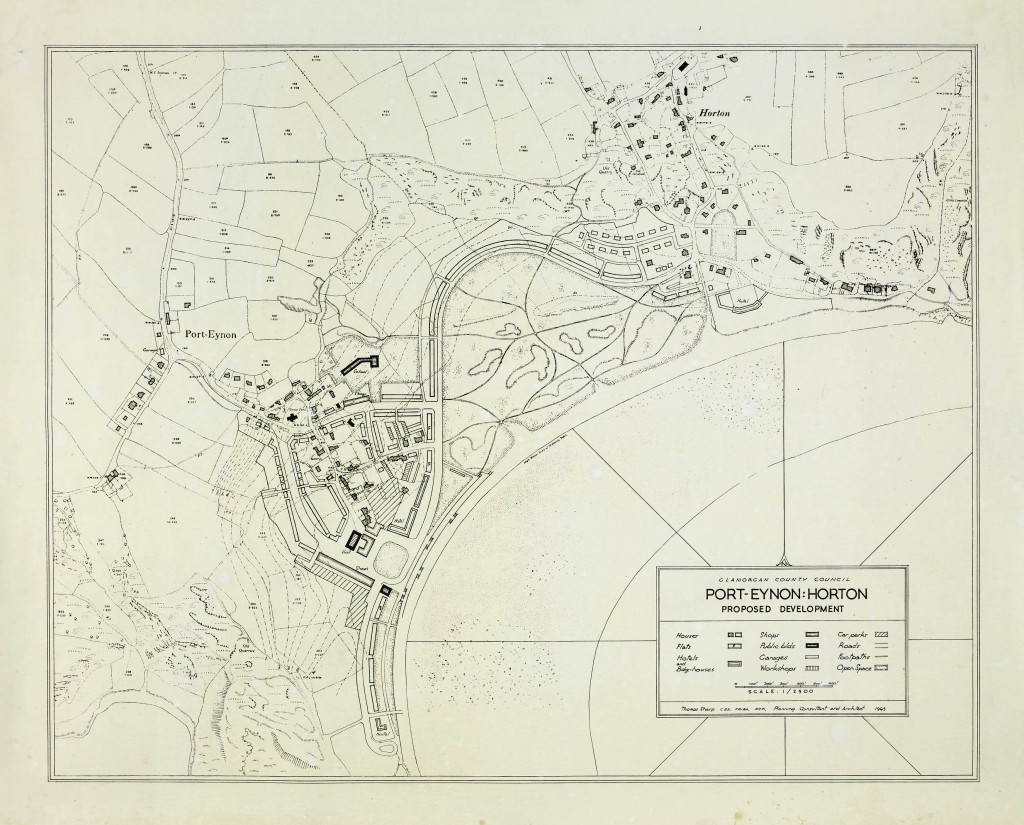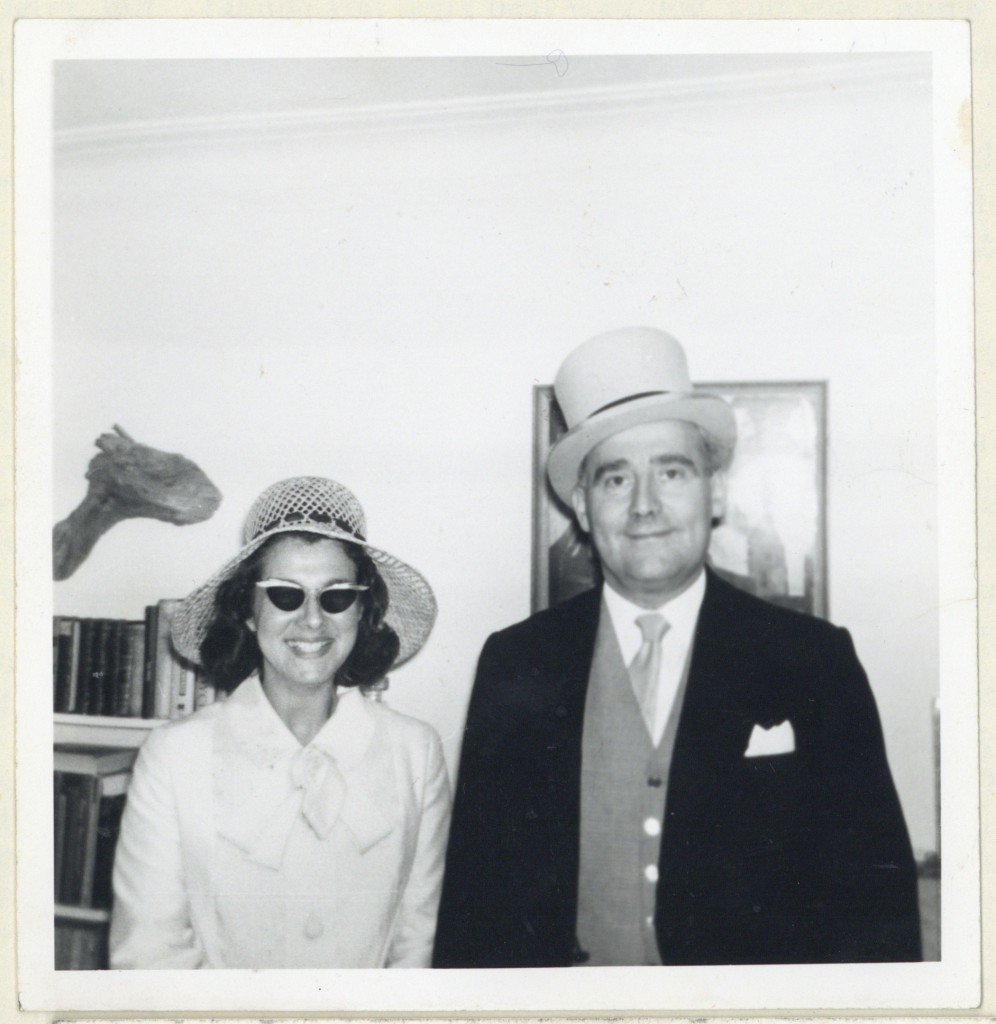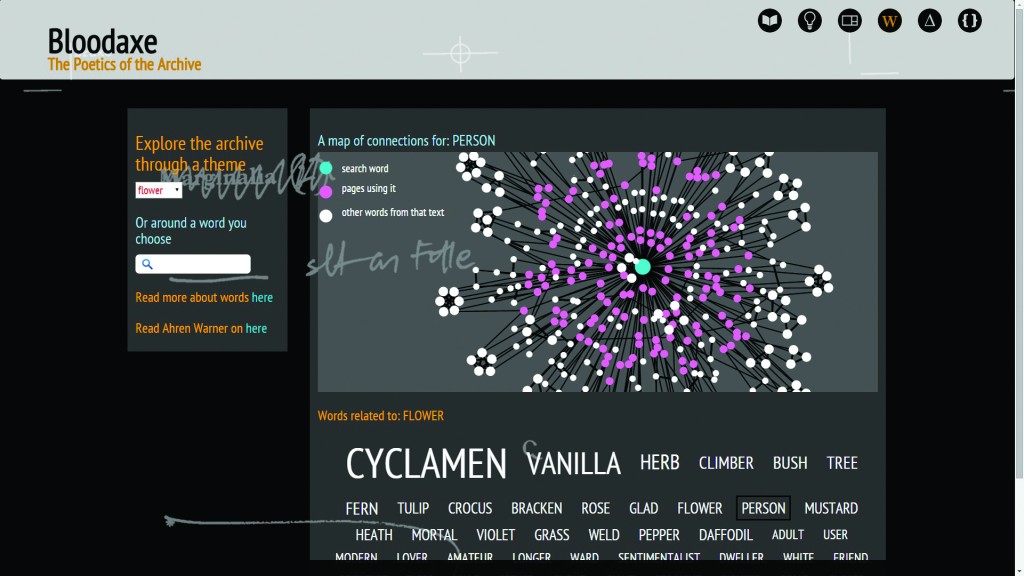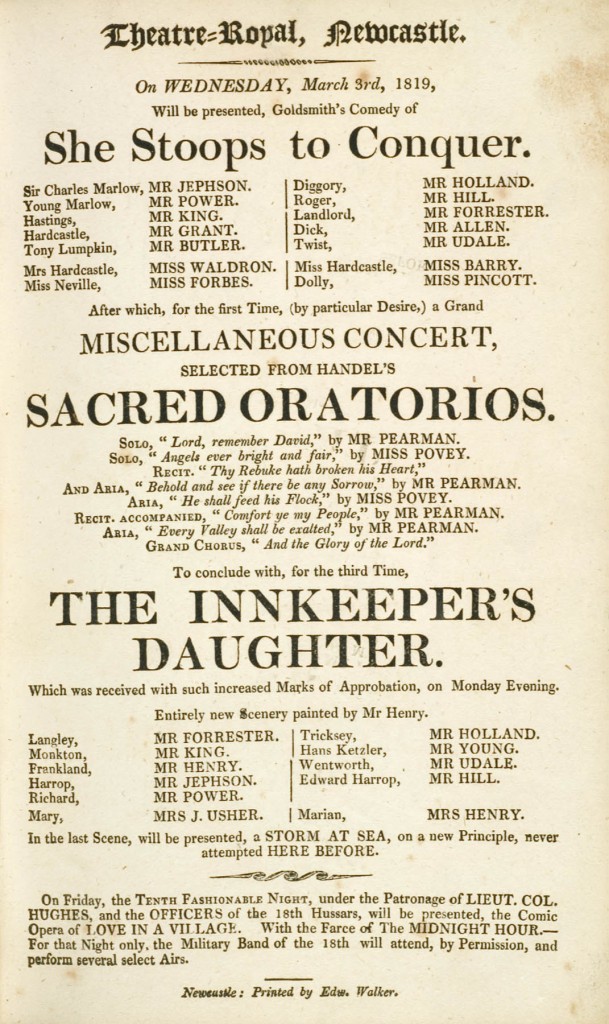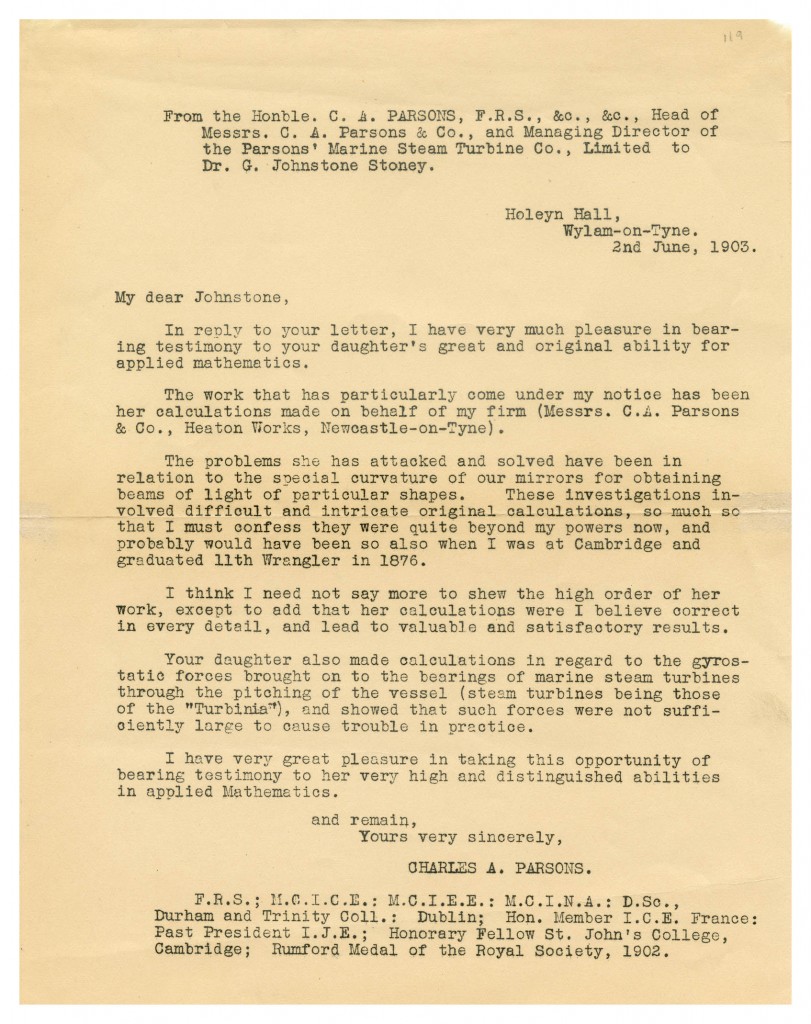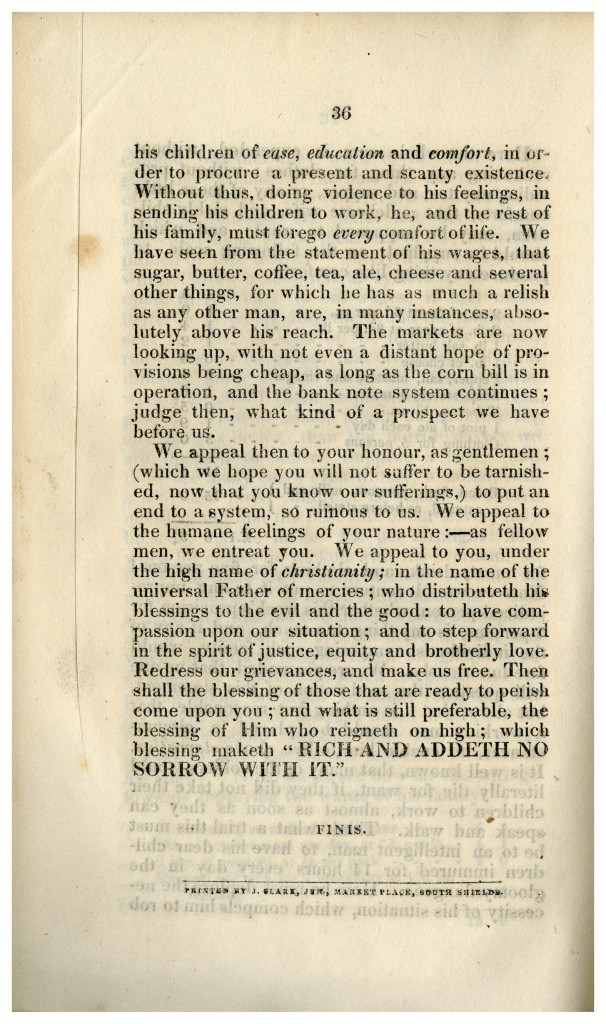Idea #14 The Bosanquet Archive
Subjects: Social History / Politics
The Bosanquet Archive consists of archive material relating to Bernard Bosanquet, the idealist philosopher (1848-1923), and to his wife, Helen Bosanquet, née Dendy (1860-1926), a member of the 1909 Poor Law Commission.
Material relating to Bernard Bosanquet comprises correspondence, research notes, drafts and manuscripts of publications, as well as offprints from journals and other publications by Bernard Bosanquet himself.
Material relating to Helen Bosanquet includes notes and correspondence for her memoir of Bernard Bosanquet, offprints from publications, correspondence relating to Helen Bosanquet’s family and relating to public work, journals of travel, drawings, literary notebooks, photographs, engagement diaries and some undated miscellaneous material. A particular highlight is Helen Bosanquet’s notebook which contains diary notes on Poor Law Commission meetings attended by her in 1909.
Date Range of Material
1865 – 1934
Size of Collection
4 linear metres
Collection Reference Code
GB186/HBB
How To Order Items From This Collection
# First, use the finding aid below to search through a list of the individual items we have within this collection.
# If you find an item you would like to consult in the Special Collections reading room, simply make a note of the reference number and title of the item(s) you are interested in (for example GB186/HBB/ Trunk II A Letters from HB to her mother 1902-1918).
# You can then place your order by linking to our request form.
Finding Aid
The catalogue for the Bosanquet Archive is available via pdf download.
Handy Links
Guide to finding and using Archives and Rare Books
More Archives and Special Collections for History, Classics and Archaeology students

